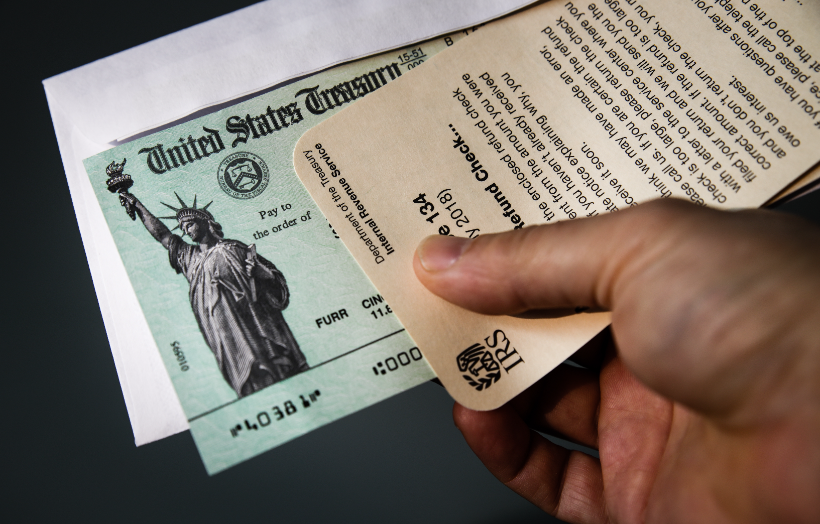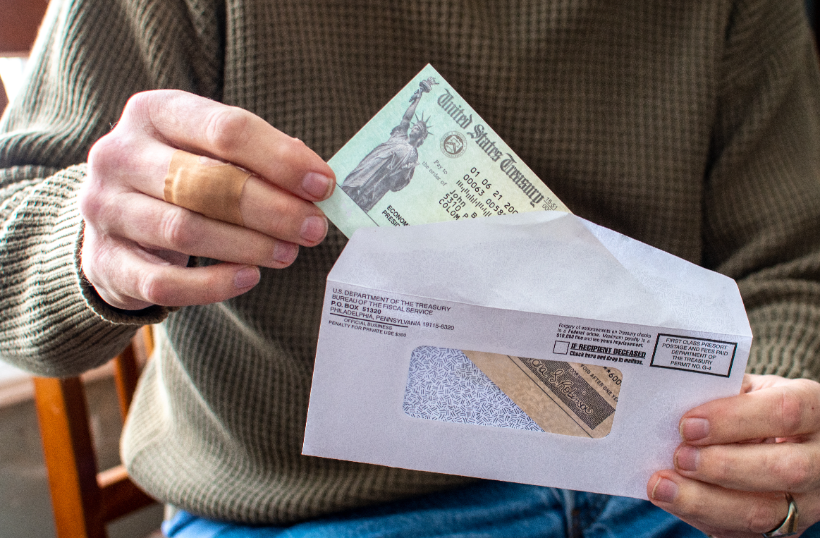New $900 Billion Stimulus Deal for COVID-19 Relief
Published:Government Provides More Stimulus Checks & Unemployment Benefits for Struggling Americans
On Sunday evening, December 20th, U.S. lawmakers in the House and Senate reached a long-awaited agreement on a $900 billion Coronavirus relief package. This legislation includes stimulus checks for eligible Americans, federal unemployment benefits, funding for small businesses, and much more beyond the original Coronavirus Aid, Relief, and Economic Security (CARES) Act.
Lawmakers believe that this bill will help provide financial support to the economy for the next several months, through March 2021. After that, it is likely that another follow-up stimulus package will be proposed. This latest bill is expected to pass early this week, barring any last-minute legislative obstacles. Their goal is to pass this fiscal stimulus deal on Monday that is tied to a $1.4 trillion government spending plan.
So what’s included in the new COVID-19 stimulus package and how will it affect you? Here are the details:
Stimulus Checks for Individuals
The latest deal includes a $600 stimulus payment per qualified individual and $600 per child, with no limit on the number of children you can claim. However, adult dependents are not expected to be included. The income phaseout limit for eligibility is $75,000, which is the same as the original CARES Act.
RELATED: Check the Status of Your Stimulus Payment
Federal Unemployment Benefits
There is a $300/week enhancement of federal unemployment benefits for qualified out-of-work Americans, which is included for up to 11 weeks. The Pandemic Unemployment Assistance (PUA) program for self-employed/gig workers has also been extended for 11 weeks. Although lawmakers were able to reach a deal, there’s a good chance that many jobless Americans will see their unemployment benefits lapse before the new program kicks in.
Small Business Relief
The deal provides $284 billion in new funding for PPP loans for small businesses, and includes expanded eligibility for nonprofit organizations. $20 billion will be allocated to the Emergency Injury Disaster Loan (EIDL) program that provides small business grants, $14 billion for live music venues, and $9 billion for Community Development Financial Institutions (CDFIs) and Minority Depository Institutions (MDIs).
State & Local Funding
The stimulus package is providing $82 billion for schools/colleges, $27 billion for state transportation infrastructure (i.e., highway, transit, rail, airports), $22 billion for state healthcare programs, and $7 billion for broadband connectivity. The states have also been given another year to access the state Coronavirus Relief Fund (a $150 billion fund that was established under the CARES Act).
Housing Assistance
There is $25 billion that’s been allocated for rental aid, and the moratorium on evictions will be extended (although we don’t know for how long yet).
Airline Industry Support
Continued payroll assistance of $15 billion will be allocated for the struggling airline industry. There is talk that business meal deductions will be included, but the details have not been released yet.
Other: Energy Tax Credits & More
The $1.4 trillion government funding plan also includes funding for research and development, as well as extended clean energy tax credits. This is expected to fund various federal agencies and programs through the end of September 2021 (a.k.a. the end of the fiscal year).
Much of the recent disagreements between Democrats and Republicans came down to the Federal Reserve powers during this time. In general, Democrats want the Fed to maintain the powers it gained from the CARES Act while Republicans favor a more restrictive role.
In order for this legislation to become official law, both Congress and the Senate need to pass the bill and then President Trump must sign it. Both the House and Senate are set to debate and vote on the deal this Monday, December 21. This will be the second largest federal stimulus bill after the $2 trillion CARES Act was passed back in March 2020.
How Do I Check The Status Of My Stimulus Payment
The IRS went live with a webpage that allows Americans to check the status of their stimulus checks and to see when they will be arriving. This will include when the payment will be sent out and whether it will be received by direct deposit or mailed check.
Stay tuned for more information as it becomes available.



